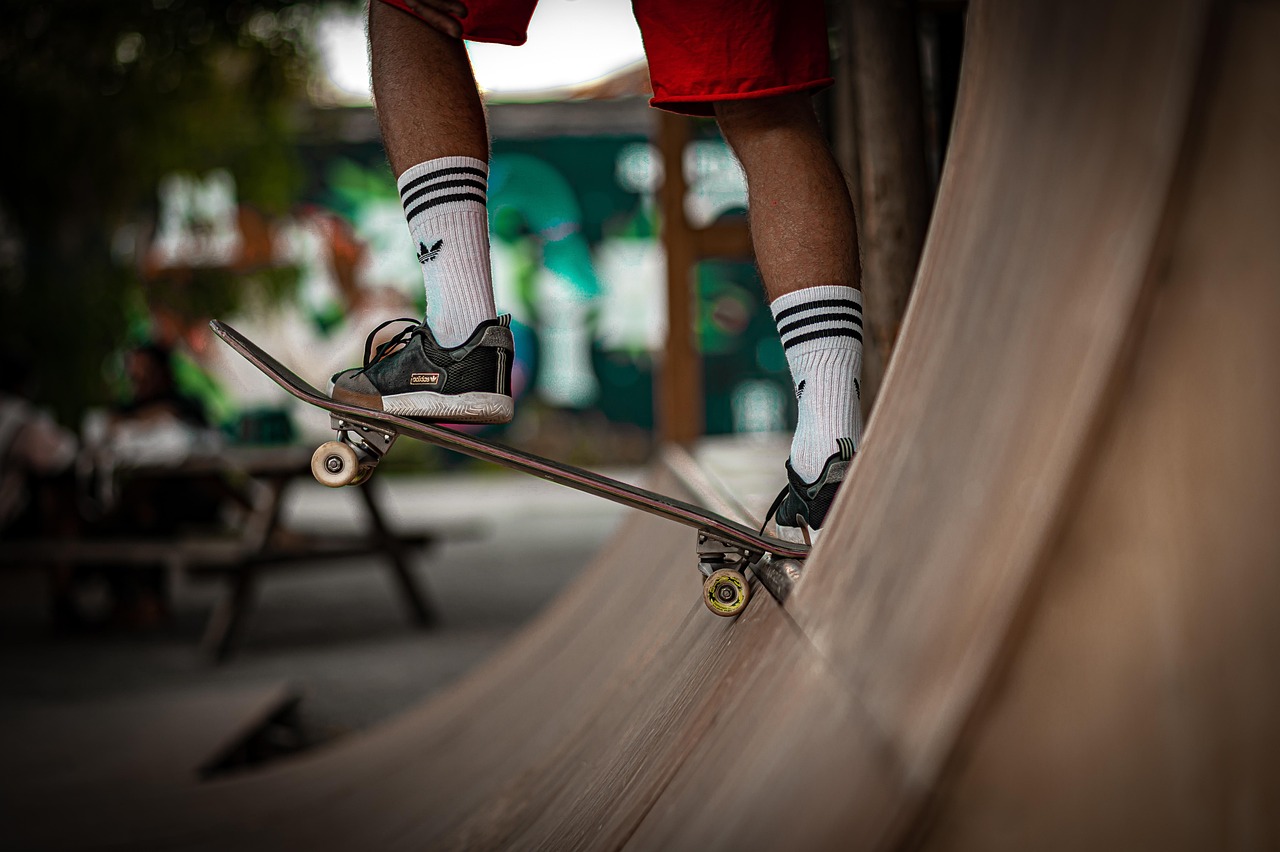Help Your Senior Dog Master the Ramp — Gently and Confidently
Teach your senior dog to use a ramp confidently and safely with gentle steps, patience, and positive reinforcement. This guide breaks the process into clear stages so you and your dog build strength, trust, and independence together every day happily.
What You’ll Need
You’ll need a stable, sized ramp; non-slip cover; treats; harness or leash; patience; vet clearance for mobility issues; short daily practice sessions; positive reinforcement.
Build a Gentle Dog Ramp for Seniors: Easy DIY Ramp for Aging Dogs
Assess Your Senior Dog’s Readiness
Want to avoid setbacks? Start with a vet check and honest baseline — it’s the single smartest move you’ll make.Schedule a vet visit to rule out untreated pain and get guidance on safe activity levels. Example: ask about arthritis meds or physical therapy.
Observe your dog at home—watch walking, stair use, and rising from lying down. Note specific issues:
Measure your dog’s shoulder height and the vehicle seat or bed height the ramp must reach. Calculate ramp length to keep the incline gentle.
Weigh your dog to confirm ramp capacity and choose a supportive harness if needed.
Set realistic goals: short-term (one calm climb) and long-term (independent car or bed access). Record baseline notes and involve family so everyone uses the same cues and rewards during practice.
Choose and Set Up the Perfect Ramp
Why a longer, gentler ramp beats speed every time — and how small tweaks prevent big scares.Pick the right ramp and position it safely before any training begins. Choose a ramp with a gentle incline and a sturdy, non-slip surface — longer ramps have lower angles and are easier on joints. For example, a 6-ft ramp creates a much gentler slope than a 3-ft ramp.
Check these points before any practice:
Secure the ramp so it won’t shift and place familiar bedding or toys near the top and bottom. Keep the environment quiet, well-lit, and free from other animals or distractions during early steps. Small adjustments now prevent accidents and make learning pleasant today.
Introduce the Ramp with Rewards, Not Force
Can treats and curiosity beat fear? Spoiler: yes — when you keep sessions short and fun.Start the training with short, low-pressure sessions focused on curiosity and reward. Put your dog on a leash and a comfy harness and let them sniff the ramp — don’t pull or push.
Use high-value treats or a favorite toy to lure one paw onto the ramp; praise lavishly for any forward motion. Place treats in a gentle trail up the ramp (treat at edge, then a few inches higher) so progress stays gradual.
Mark successes with a clicker or a single consistent word like “Yes!” and follow immediately with the reward. Keep initial sessions to five minutes and end while your dog is eager. Never punish fright; step back and reward smaller choices. Repeat two to three times daily and increase repetitions as confidence grows.
Build Strength and Confidence Gradually
Think tiny workouts, big payoff — simple moves that make ramp climbs easier and safer.Begin with assisted ramp walks: fit a supportive harness, walk up and down slowly, praise paw placement and give a treat after 3–5 steps.
Incorporate short exercises: slow controlled ascents and descents, shallow incline repeats, and side‑stepping to improve paw placement.
Add low‑impact strength: sit‑to‑stand reps, controlled stair practice if vet‑approved, and gentle ROM stretches recommended by your vet or physiotherapist.
Use massage or a warm compress before sessions to loosen stiff muscles.
Keep sessions brief and frequent; watch for discomfort, coughing, heavy panting, or limping. Increase difficulty gradually and never push through pain. Track progress with notes or photos and adjust as needed.
Troubleshoot Fear and Setbacks
Is your dog stalled? Try playful desensitization and texture swaps before calling it quits.Stay calm and troubleshoot gently rather than forcing progress. Identify triggers like noisy surfaces, steep angles, wobble, or competing animals and remove or modify them (lower the ramp, add a stabilizer, move the ramp away from distractions).
Use lower-value rewards temporarily; switch to softer treats or change the ramp cover (carpet, fleece) if texture or noise scares them.
Rebuild confidence with play-based drills:
Desensitize gradually:
Keep practice consistent but short (3–5 minutes). Celebrate tiny wins and log setbacks to adapt strategies. Seek veterinary advice or a certified behaviorist if fear persists beyond a few weeks.
Generalize Skills and Maintain the Ramp for Long-Term Use
Train everywhere, from couch to car — plus maintenance tips to keep the ramp reliable for years.Practice ramp skills in lots of settings so your dog learns cues, not context. Start at home, then try the car, the couch, and a friend’s ramp — vary surfaces (carpet, rubber), lighting, and handlers so your dog generalizes confidence.
Ensure the car ramp angle is gentle and the vehicle is on level ground; have someone steady the ramp and offer help as your dog climbs.
Check and maintain the ramp regularly:
Keep sessions short and regular. Reduce the slope or switch to a motorized lift as strength declines. Celebrate independence but prioritize alternatives (carriers, raised beds) and consult your vet if pain limits use. Monitor progress regularly.
Small Steps, Big Gains
With patience, the right ramp, and brief daily sessions, most senior dogs can learn safe ramp use—celebrate small wins, watch comfort, and adapt as needs change. Try it, share your progress, and help other dogs gain mobility and thrive today!













I wish there was a section on when NOT to use a ramp. My vet said some cushioned stairs were better for my mutt because of her hip dysplasia. The guide mentions vet checks but more comparisons would be useful.
My dog has arthritis and we switched to foam steps — easier on the joints. Ramps worked for my other dog but not for her.
Good feedback, Hannah. We mention vet checks, but you’re right — a quick decision-tree comparing ramps vs low stairs vs lifts would be helpful. I’ll draft that.
Tried the ramp intro yesterday. My beagle froze like a statue 😂 I used treats and clicker but got impatient and kinda pushed him (not my proudest moment). Guide says ‘no force’ — that is easier said than done when you’re late for work. Any quick tips to stop myself from rushing?
If you have a roommate, tag-team: one person does the ramp training while the other handles the morning rush. Small life hack that worked for me.
I put a sticky note on the fridge that says “no pushing” lol. Also leaving the ramp set up for a few days so it’s just part of the landscape helped my pup approach it slower.
Totally normal to get impatient — been there. Try prepping the ramp routine the night before so mornings are calmer, or keep higher-value treats for training sessions so progress happens faster without force.
This guide was exactly what I needed. My 12-year-old lab has slowed down a lot and stairs are a nightmare. I followed the ‘Assess Readiness’ checklist and scheduled a vet visit first — highly recommend. The gradual reward-based introduction worked wonders; she now uses the ramp to get into the car with almost zero fuss. ❤️
One thing I added: a non-slip mat at the top for extra grip. Tiny detail but big confidence booster for her paw placement.
So glad it helped, Emma! The vet check is a smart move — glad you did that first. Appreciate the non-slip mat tip; I’ll add it to the maintenance section.
Awesome result! My pup hated the car ramp at first too. Non-slip mats are clutch — saved me from a few slipping scares.
Two quick Qs: 1) My older pup is wobbly — is it okay to use a ramp with a side rail? 2) How long before you stop treats? I don’t want to create a snack monster 😂
I use a token system — click, kibble, praise. After a while kibble was rare and praise sufficed.
Side rails helped my nervous dog feel safer. As for treats, I switched to a small piece of kibble after about a month.
I still give an occasional treat for big wins, but not every time. Balance is key.
1) Side rails are excellent for wobbly dogs — they provide visual boundaries and confidence. 2) Gradually phase treats: move from high-value treats to lower-value treats to praise, then occasional reinforcement. You can keep verbal praise long-term.
I never fully stopped treats — just made them tiny and less frequent. Works fine.
Short and sweet: this guide is practical. I appreciated the ‘Generalize Skills’ bit — getting my dog to use the ramp both in the house and the car made it stick. Also, don’t underestimate the power of a familiar scent (a blanket) placed on the ramp top.
I hadn’t thought of the scent idea — thanks! Going to try that this weekend.
I used an old towel my dog sleeps on — instant trust factor. He still prefers it for naps now 😂
Yep, same. Scent + treats + short sessions = magic combo.
Glad it helped, Michael — scent association is a nice touch. It can make the ramp feel like ‘home’ which reduces fear.
Two things I found useful but not mentioned: 1) a short leash during initial trials to subtly guide without pushing, 2) play a short game at the top of the ramp so it’s a positive place. Worked well for my anxious pup.
The leash also kept my dog from bolting when a car honked. Safety first.
Game at the top = brilliant. I hid kibble under a cup at the top, she’d paw it for the treat and feel accomplished.
Leash trick is solid. I used it for the first three sessions until my dog realized there was no danger.
Both great practical tips — leash for gentle guidance is a good middle ground and games at the top create a reward zone. Thanks!
I messed up the setup at first — ramp was too slippery and my older corgi refused to step on it. Added grip tape and it was night and day. Pro tip: test the surface yourself barefoot to check slip.
I used the same barefoot test and also pressed down to check wobble. My ramp had a weak hinge that made it feel unsteady — replaced it and instant confidence.
Agree on the barefoot test — if it feels sketchy to you, it’ll feel worse to them.
Grip tape is an excellent, low-cost fix. Thanks for the tip — adding it to the ‘Set Up the Perfect Ramp’ section.
Heh barefoot test is a good idea. I almost slipped twice — fixed it with rubber mats.
Love the troubleshooting section. My dog would back off halfway up and then sit like he was judging me. The gradual strength-building exercises (short, daily sessions) actually reversed that stubborn behavior. Took three weeks but worth it.
One critique: I would’ve liked more photo examples of safe ramp angles for different dog sizes — I had to guess and re-do several times.
There are some quick measuring tips: measure from vehicle floor to ground and keep the slope gradual. But yeah, diagrams would be clearer.
Great point about photos — I’ll add diagrams showing recommended angles and ramp heights for toy, medium, and large breeds in the next update. Thanks!
Same here. I eyeballed the slope and it was too steep. Ended up propping the ramp higher than I should’ve. Diagrams would save a lot of trial and error.
Humorous note: my dog learned the ramp faster than he learned to sit properly. He’s now more coordinated going up the ramp than when I ask for a ‘paw.’ Dogs are weird 😂
On a serious note — the guide’s maintenance tips saved me from a loose hinge disaster. Check those bolts regularly, folks.
The dog vs human training priorities are real. Heh.
Love the humor — dogs do prioritize weird things. Glad the maintenance tips helped; hardware checks are easy to overlook.
Same — my dog mastered the ramp but still ignores ‘sit’ 90% of the time. Priorities.
Hinge checks saved me too. One loose bolt and I would’ve had a scary slip.
This line made me laugh: ‘Small Steps, Big Gains’ — so true. Took tiny sessions (literally 2-3 minutes) and my old dachshund slowly started trusting the ramp. Even gotten to the point where she hops on by herself now.
Also, anyone else reward with goofy praise? I call my dog ‘ramp queen’ now. 🐶👑
Hah love the title adoption — ramp queen is iconic. Positive praise definitely helps; dogs pick up tone more than words.
Ramp queen! I have a similar nickname — “Stair Slayer” 😂 Small sessions are underrated.
I had a setback when my dog had a minor paw injury and then refused the ramp again. The guide’s section on setbacks was comforting — advised me to go back a couple steps and re-establish confidence. It worked, but took patience. Reminder: progress isn’t linear.
Exactly — regressions happen and are totally normal. So glad stepping back and re-introducing basics worked for you.
Patience is the hardest part. Took me ages to keep repeating praise instead of showing frustration.
Thanks for sharing — I hit a similar snag after my dog had a tooth extraction. Slow reintroduction helped.
Neutral take: the guide is thorough but some parts are a bit long-winded. I skimmed to the steps I needed (setup and troubleshooting) and that was enough. Maybe add a TL;DR at the top?
Great suggestion, Tom. A TL;DR checklist at the top could help busy readers — I’ll add a quick-action checklist for setup and first session.
I actually appreciate the detail, but a short checklist would be great for folks like you who skim.